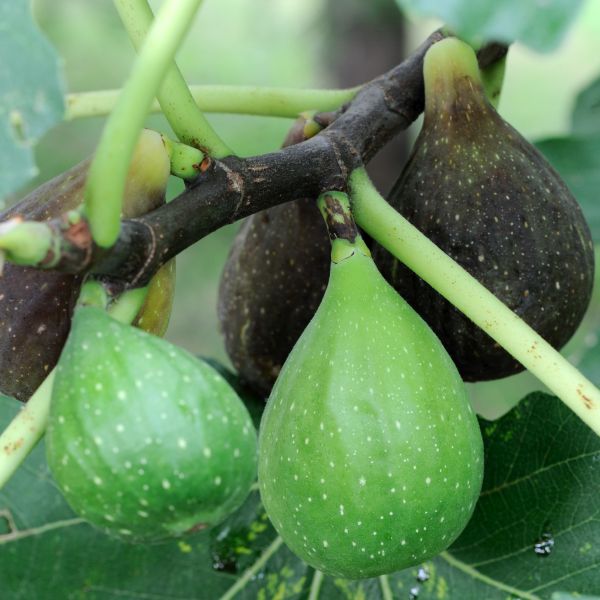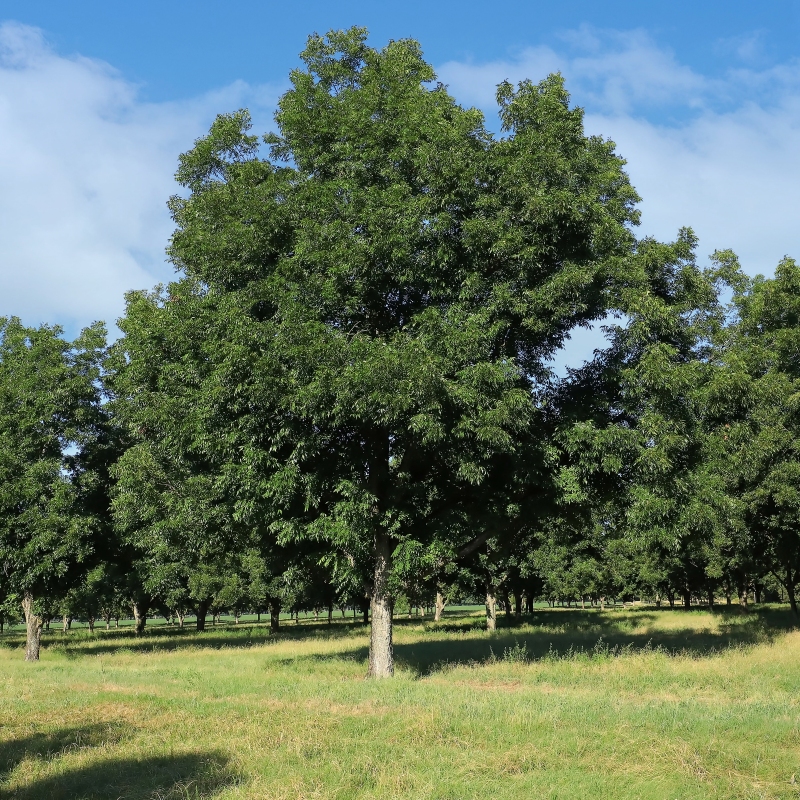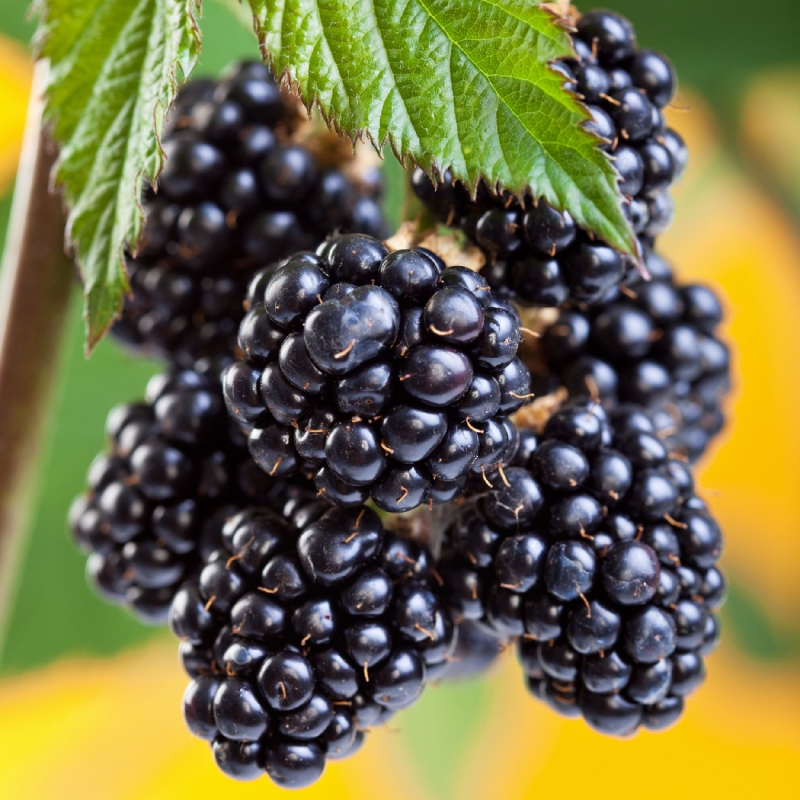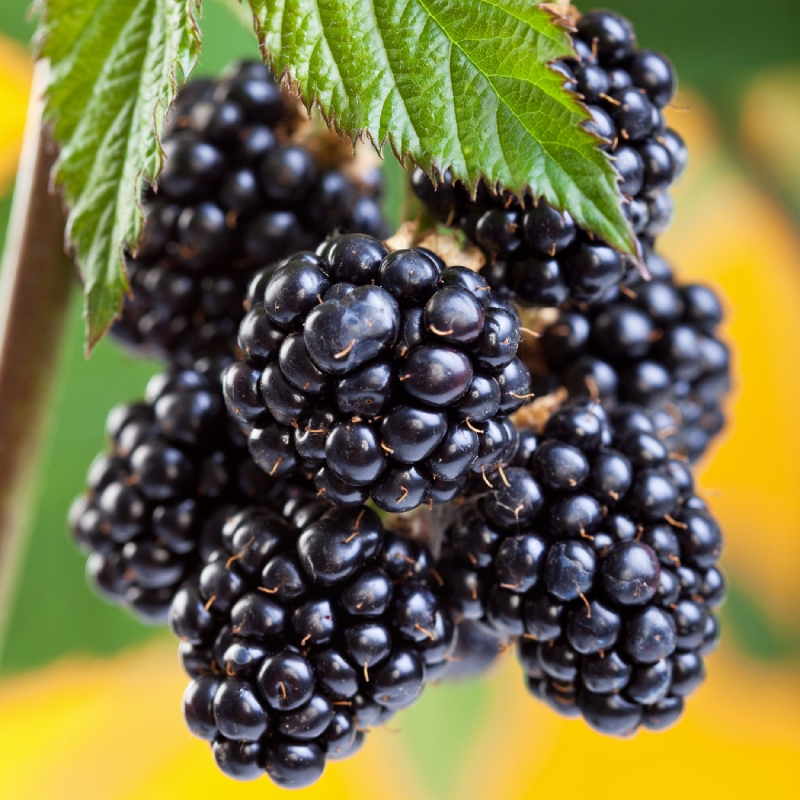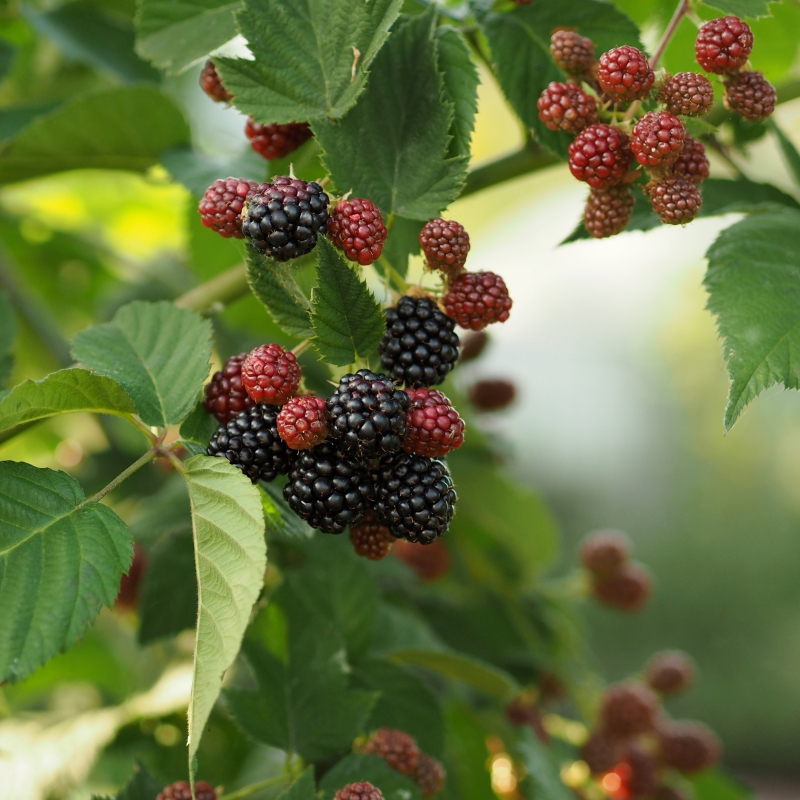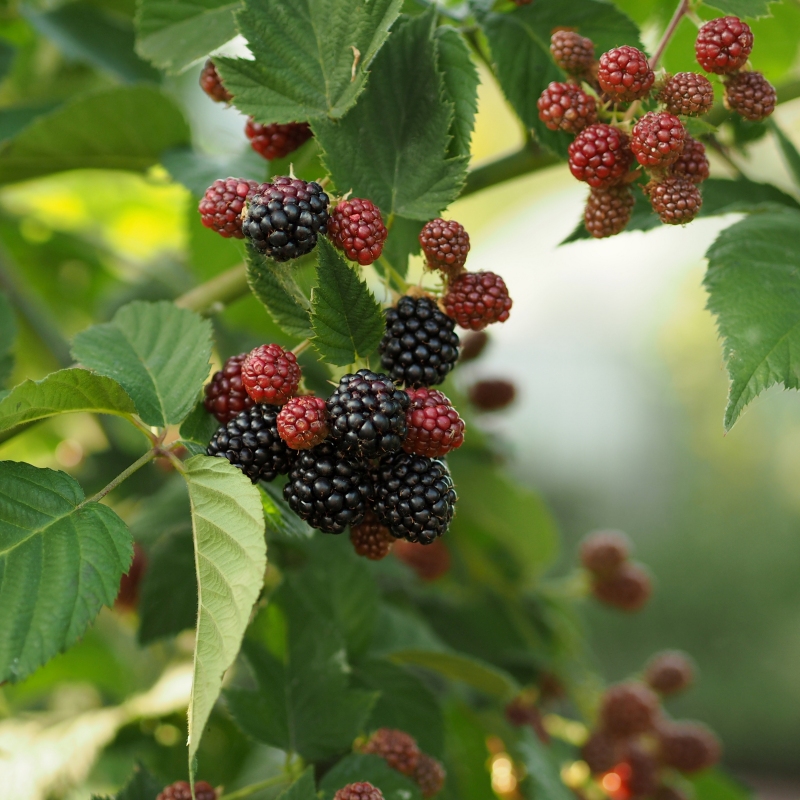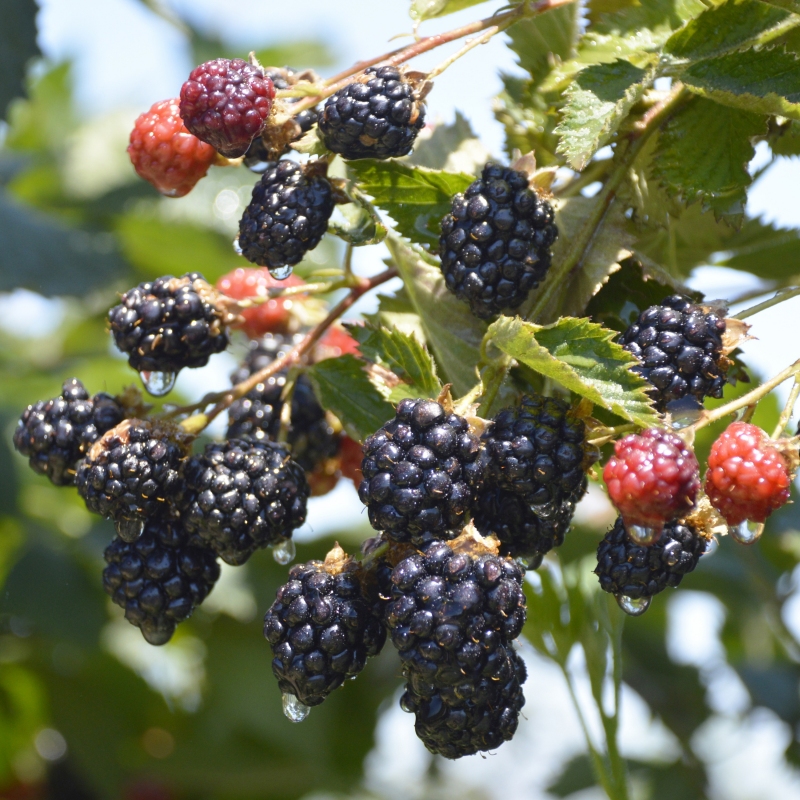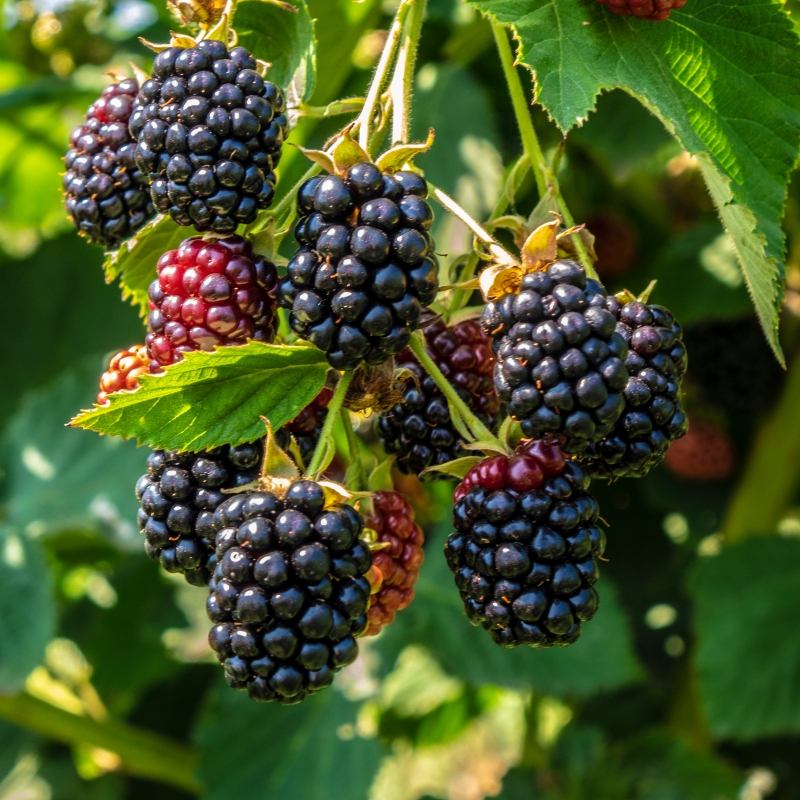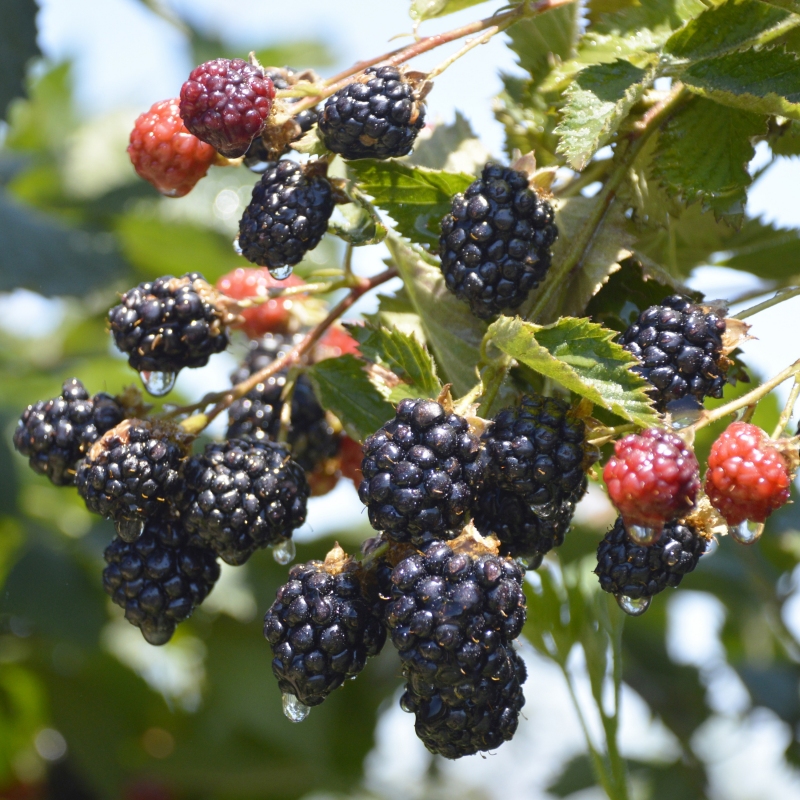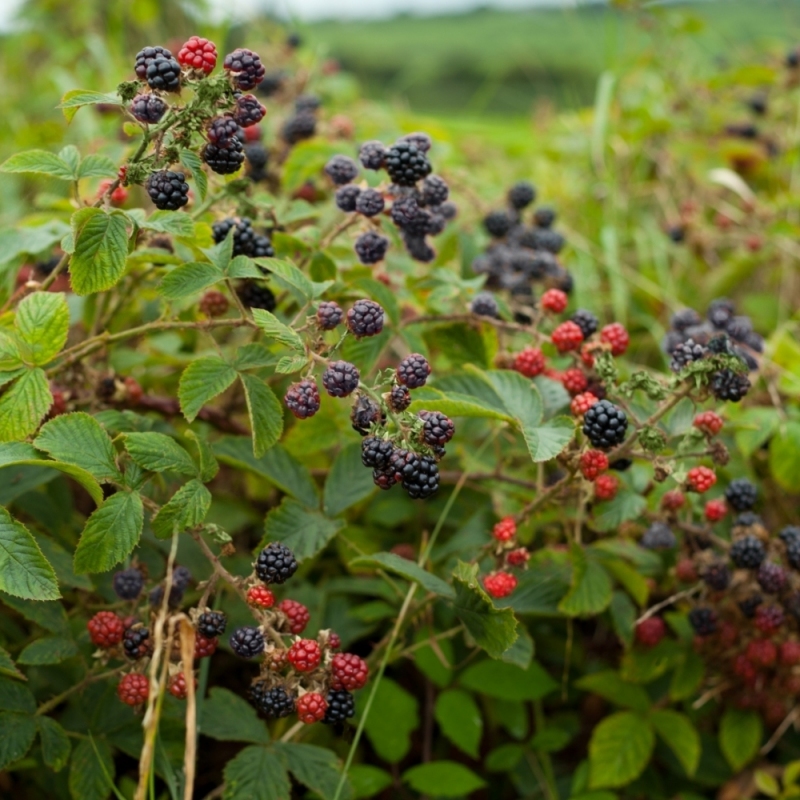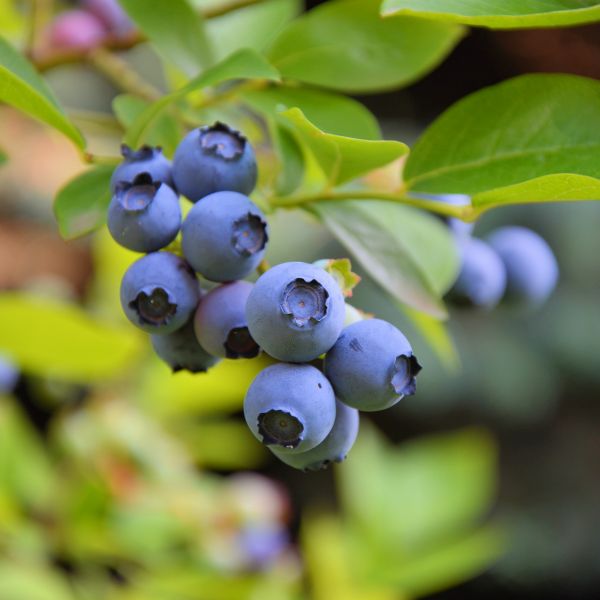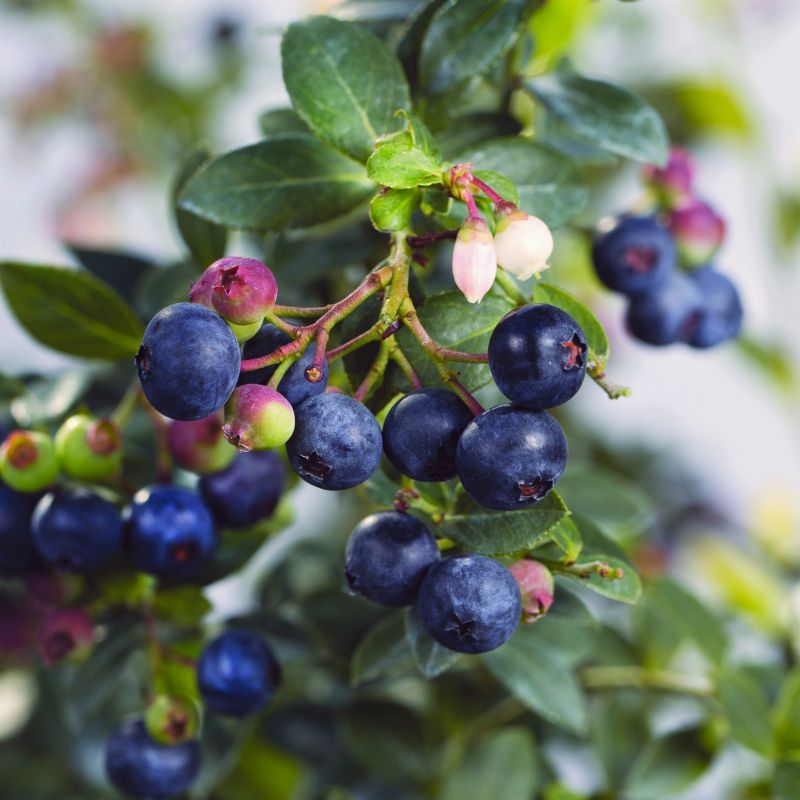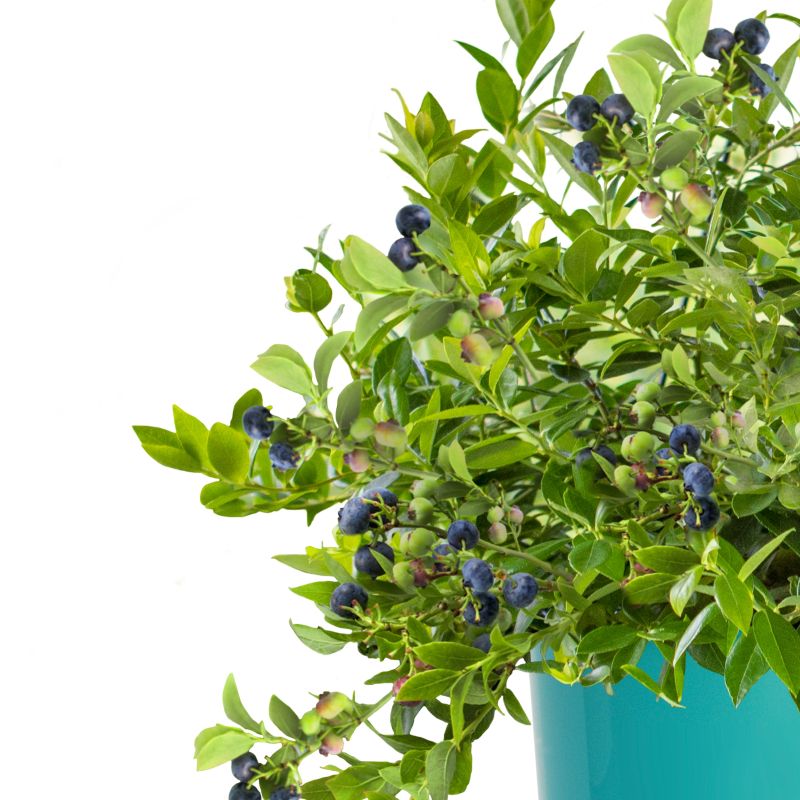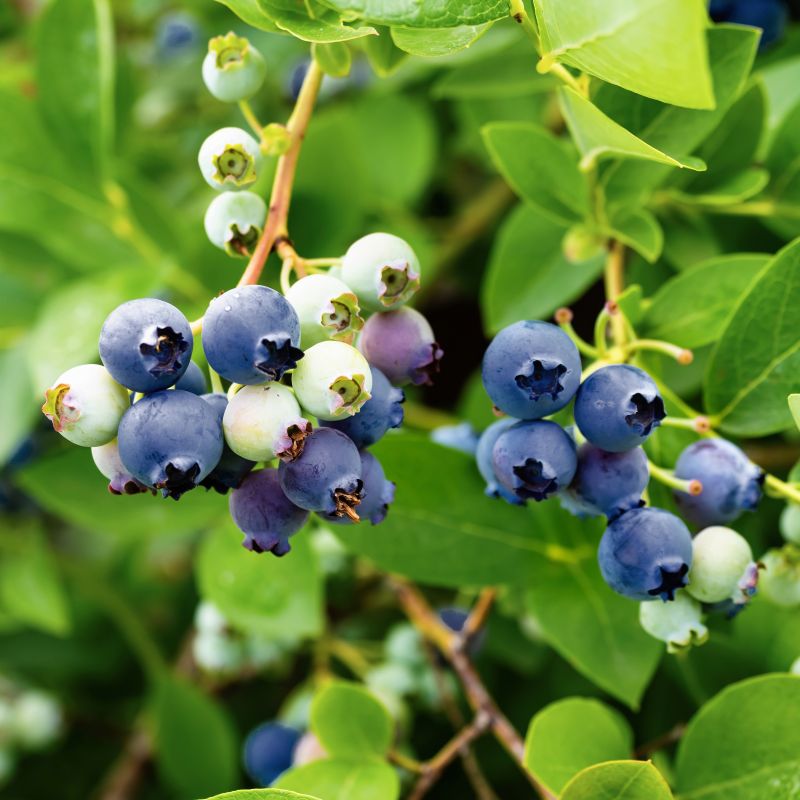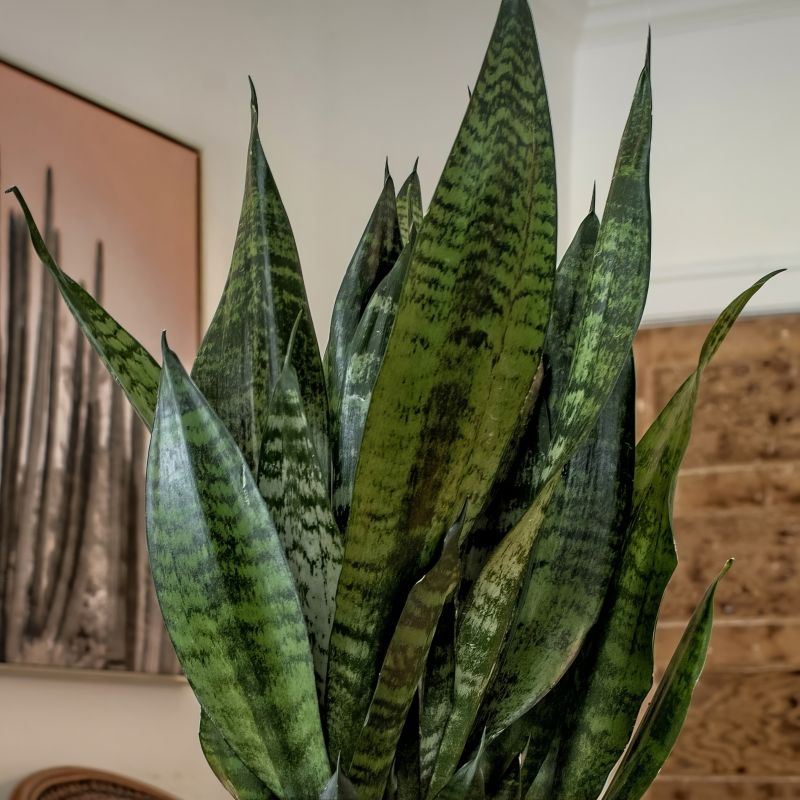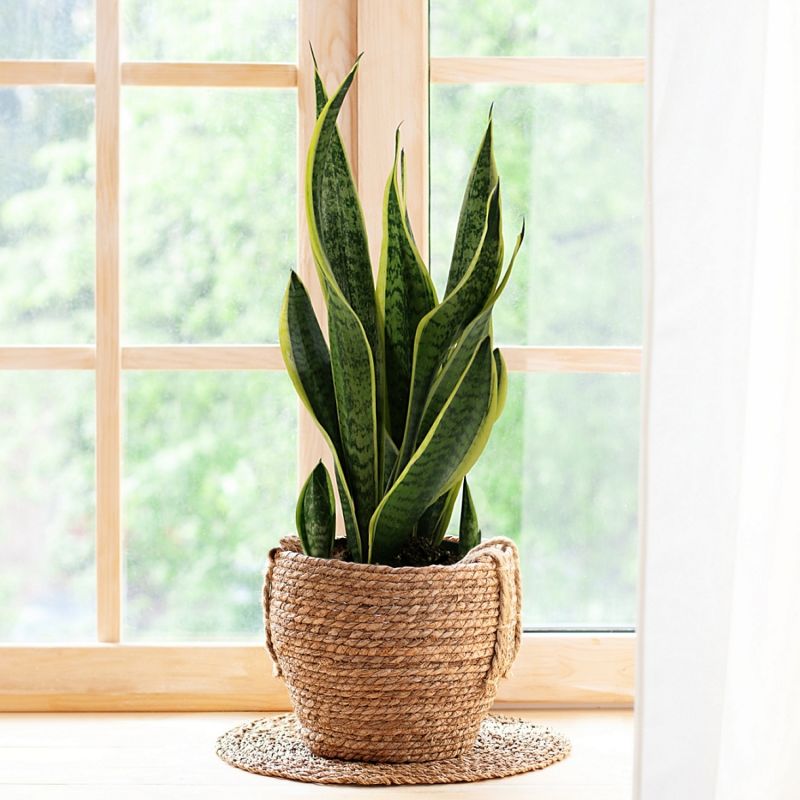

Satsuma Plum Tree
Prunus salicina 'Satsuma'
18 reviews


Satsuma Plum Tree
Prunus salicina 'Satsuma'
18 reviews
$115.00
$165.00
30% Off
2.5 Gallon 4-5 Feet
We are sorry, product is currently out of stock due to seasonal availability. Please check the "Related plants available in your area" section below
Why Satsuma Plum Tree?
The Satsuma Plum Tree (Prunus salicina 'Satsuma') is a popular choice among gardeners due to its numerous benefits. This self-pollinating tree produces delicious, large, and juicy plum fruits. It is also a compact tree, making it suitable for small gardens. The Satsuma Plum Tree is cold-hardy and requires minimal maintenance. Its beautiful blossoms in the spring and vibrant foliage in the fall make it an attractive addition to any landscape.
Related plants available in your area
Sunlight
Satsuma Plum Trees require full sun exposure to thrive and produce an abundant harvest.
Watering
Satsuma plum trees require regular watering, especially during dry periods. They prefer moist soil, so watering deeply once or twice a week is recommended. However, it is important not to overwater as it can lead to root rot.
Fertilizing
Satsuma plum trees need a balanced fertilizer, such as a 10-10-10 or 14-14-14 blend, to provide essential nutrients. It is recommended to fertilize in early spring before flowering and again in early summer after fruit set.
Satsuma Plum Tree (Prunus salicina 'Satsuma')
The Satsuma Plum Tree, scientifically known as Prunus salicina 'Satsuma', is a deciduous fruit tree that is widely cultivated for its delicious and juicy plums. It is native to China and Japan and is popularly grown in various regions around the world.
Features
- Fruit: The Satsuma plum tree produces medium to large-sized plums that have a red to dark-purple skin and vibrant golden flesh. The fruit is exceptionally juicy, sweet, and flavorful, making it a favorite among plum enthusiasts.
- Tree: This variety of plum tree typically grows to a height of 10-15 feet and spreads about 10-12 feet wide. It has a rounded canopy that provides an attractive aesthetic appeal in gardens and orchards. The tree blooms in early spring, displaying clusters of fragrant white flowers.
- Hardiness: The Satsuma plum tree is known for its excellent cold hardiness, making it suitable for growing in various climates. It thrives in USDA hardiness zones 5-9, where the average extreme minimum temperatures can range from -20°F to 30°F (-29°C to -6°C).
- Pollination: While Satsuma plum trees are considered self-fertile, having another plum tree nearby can enhance fruit production. Cross-pollination with a compatible variety can significantly increase the yield.
- Harvest: The plums ripen in late summer to early fall, usually around August to September, depending on the growing location. They are ready for harvest when the fruit turns soft and easily detaches from the tree.
- Uses: The Satsuma plums are versatile fruits and can be enjoyed fresh off the tree or used in various culinary applications. They are great for making jams, jellies, pies, and can even be dried for a sweet treat.
- Care: This plum tree requires full sun exposure to thrive and produce abundant fruit. It prefers well-draining soil and benefits from regular watering. Pruning during dormancy helps maintain its shape and promotes better fruit production.
- Pest and Disease Resistance: Satsuma plum trees have good resistance against common plum pests and diseases, including plum curculio, aphids, and brown rot. However, regular monitoring and proper pest management practices are recommended.
Conclusion
The Satsuma Plum Tree is a delightful addition to any garden or orchard. With its flavorful and juicy plums, attractive blooms, and cold-hardy nature, it provides not only a bountiful harvest but also ornamental value. Whether enjoyed fresh or used in various culinary creations, this plum tree is sure to bring joy and satisfaction to any fruit lover.
Plant Information:
| Botanical Name: | Prunus salicina 'Satsuma' |
| USDA Zones: | 6-9 |
| Water: | Medium |
| Exposure: | Full Sun |
| Soil Needs: | Well Drained Soil |
| Mature Height: | 18 - 20 feet |
| Mature Spread: | 10 - 12 feet |





Pollination Info
Pollination Information for Satsuma Plum Tree (Prunus salicina 'Satsuma')
The Satsuma plum tree is a self-fertile cultivar, which means that it is capable of producing fruit on its own without the need for cross-pollination from another tree. However, even though it can self-pollinate, the presence of a compatible pollinator can significantly increase fruit production and improve overall fruit quality. Therefore, planting another plum tree nearby can be beneficial for the Satsuma plum tree.
If you decide to plant another plum tree for cross-pollination, it is important to choose a variety that is compatible with the Satsuma plum tree. Suitable pollinators for the Satsuma plum include other Japanese plum varieties like 'Santa Rosa' and 'Burbank'. These varieties bloom around the same time as the Satsuma plum and are known to be successful pollinators.
In terms of pollination requirements, Satsuma plum trees rely on pollinators like bees, butterflies, flies, and other insects. These insects carry pollen from the flowers of one tree to the stigma of another, promoting fertilization and fruit set. It is vital to create an environment that attracts these beneficial insects to ensure proper pollination. You can achieve this by planting pollinator-friendly flowers and avoiding the use of pesticides that may harm the pollinators.
Satsuma plum trees produce beautiful clusters of white flowers in spring. These flowers are highly attractive to pollinators and serve as the starting point for fruit development. After successful pollination, the tree will start producing small green plums that gradually ripen into vibrant, reddish-purple fruits during the summer months.
In conclusion, the Satsuma plum tree is self-fertile but benefits from cross-pollination with a compatible variety. To ensure successful pollination, encourage the presence of pollinators by planting suitable flowers and avoiding chemicals that harm them. Enjoy the process as your Satsuma plum tree transforms from delicate blossoms to delicious, juicy fruits!
FAQ
Satsuma Plum Tree (Prunus salicina 'Satsuma')
-
What is a Satsuma Plum Tree?
The Satsuma Plum Tree, also known as Prunus salicina 'Satsuma', is a deciduous fruit tree that produces delicious plums known as Satsuma plums. It is a popular variety due to its sweet and juicy fruits and ornamental value.
-
How tall does a Satsuma Plum Tree grow?
A Satsuma Plum Tree typically grows to a height of 12 to 15 feet (3.7 to 4.6 meters) and has a spread of around 10 to 12 feet (3 to 3.7 meters). However, the size can vary depending on the growing conditions and pruning practices.
-
What is the best growing zone for a Satsuma Plum Tree?
Satsuma Plum Trees thrive in USDA hardiness zones 5 to 9. They prefer mild winters and hot summers for optimal growth and fruit production.
-
When does a Satsuma Plum Tree bear fruit?
Satsuma Plum Trees typically begin to produce fruit in their third to fourth year after planting. The fruits usually ripen in mid to late summer, depending on the climatic conditions.
-
How to plant a Satsuma Plum Tree?
Here are some steps to follow when planting a Satsuma Plum Tree:
- Choose a well-draining location with full sun exposure.
- Prepare the soil by loosening it and incorporating organic matter.
- Dig a hole that is wider and slightly deeper than the root ball of the tree.
- Place the tree in the hole and backfill with soil, gently tamping it down.
- Water the tree thoroughly after planting.
-
Does a Satsuma Plum Tree require cross-pollination?
No, Satsuma Plum Trees are self-fertile, which means they can produce fruit without cross-pollination from another tree. However, having a second plum tree nearby may enhance pollination and potentially increase fruit production.
-
How to prune a Satsuma Plum Tree?
Pruning helps maintain the shape and health of the tree. Here are some pruning tips for a Satsuma Plum Tree:
- Prune during late winter or early spring before new growth begins.
- Remove any dead, damaged, or crossing branches.
- Thin out crowded branches to improve air circulation and sunlight penetration.
- Trim back any excessive growth or suckers.
- Be careful not to over-prune, as this may reduce fruit production.
-
How to care for a Satsuma Plum Tree?
Here are some care tips for a Satsuma Plum Tree:
- Water the tree regularly, especially during dry periods.
- Apply a layer of organic mulch around the base of the tree to conserve moisture and suppress weed growth.
- Fertilize the tree in early spring with a balanced fruit tree fertilizer.
- Protect the tree from extreme temperatures and frost damage.
- Monitor for common pests and diseases and take appropriate measures if necessary.
Planting & Care
Planting & Care for Satsuma Plum Tree (Prunus salicina 'Satsuma')
Planting
- Choose a location with full sun exposure (at least 6-8 hours of direct sunlight daily).
- Dig a hole twice as wide and slightly deeper than the root ball of the tree.
- Amend the soil with organic matter like compost or well-rotted manure to improve drainage and fertility.
- Place the tree in the hole, making sure the top of the root ball is level with or slightly above the ground.
- Backfill the hole with soil, firming it gently around the roots to remove air pockets.
- Water the tree thoroughly immediately after planting.
Care
- Watering: Provide deep watering to keep the soil consistently moist, especially during dry periods. However, avoid overwatering, as it may lead to root rot.
- Fertilizing: Apply a balanced fruit tree fertilizer in early spring and again in late spring, following the manufacturer's instructions. Avoid over-fertilization as it can harm the tree.
- Pruning: Prune your Satsuma Plum tree during the dormant season (late winter or early spring) to remove dead, damaged, or diseased branches. Also, thin out crowded areas to improve air circulation and fruit production.
- Pollination: Satsuma Plums are partially self-fertile but will benefit from cross-pollination with another Japanese plum variety. Planting a compatible pollinator nearby will ensure better fruit set.
- Thinning Fruit: If the tree sets more fruit than it can support, thin the fruits to allow proper growth and avoid straining the branches.
- Pest and Disease Control: Regularly monitor your tree for common pests like aphids, plum curculio, and leaf-curling midges. Use organic or chemical treatments as necessary. Also, practice good sanitation by cleaning up fallen leaves and fruit to prevent disease spread.
- Winter Protection: In regions with cold winters, protect your Satsuma Plum tree by wrapping the trunk with burlap or applying a tree wrap to prevent frost damage.
Check Out These Verified Customer Reviews:
Customer Reviews
4.7 out of 5 based on 18 reviews
Thank you! Your review has been submitted.
I recently bought a Satsuma Plum Tree from this website and I was impressed with the quality of the tree. It arrived quickly and was packaged securely. Overall, a good experience.
The packaging of the Satsuma Plum Tree was secure and protected the tree during delivery.
The fruit from the Satsuma Plum Tree is delicious and abundant. Very happy with my purchase.
Item has been added to your cart.




